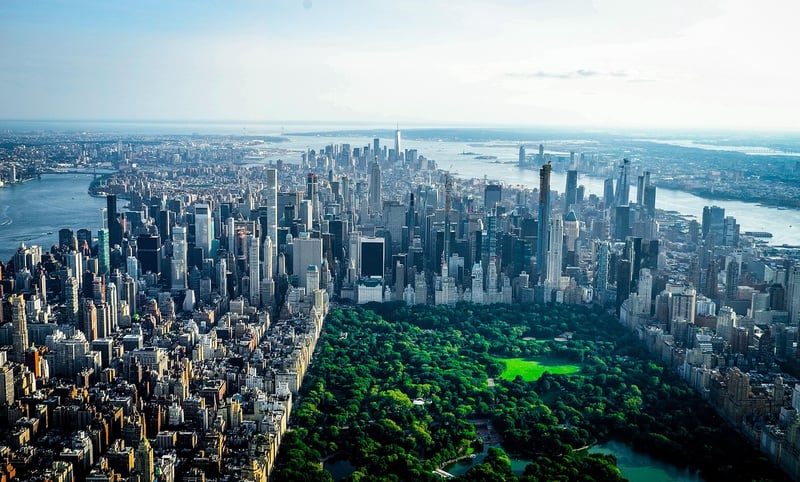Public Parks
The Power of Public Parks in Enhancing City Environments

Public parks play a crucial role in enhancing city environments by offering a variety of benefits to residents and visitors. These green spaces not only provide a tranquil escape from the hustle and bustle of urban life but also contribute to the overall well-being and quality of life in cities.
Benefits of Public Parks:
- 1. Improved Physical Health: Public parks encourage physical activity such as walking, jogging, cycling, and playing sports, promoting a healthier lifestyle among city dwellers.
- 2. Mental Well-being: Green spaces in parks have been linked to reduced stress, anxiety, and depression, providing a peaceful retreat for individuals seeking relaxation.
- 3. Social Interaction: Parks serve as gathering spaces where people from diverse backgrounds can come together, fostering a sense of community and connection.
- 4. Environmental Benefits: Public parks help improve air quality, reduce noise pollution, and support biodiversity, contributing to a more sustainable urban environment.
- 5. Economic Value: Well-maintained parks can increase property values, attract tourists, and stimulate local businesses, boosting the overall economy of a city.
Examples of Successful Public Parks:
Several cities around the world have embraced the concept of public parks to enhance their urban landscapes. Some notable examples include:

Conclusion:
Public parks are not just recreational spaces; they are vital components of a city's infrastructure that contribute to the physical, mental, social, and environmental well-being of its residents. By investing in and preserving these green oases, cities can create more livable and sustainable environments for current and future generations to enjoy.
